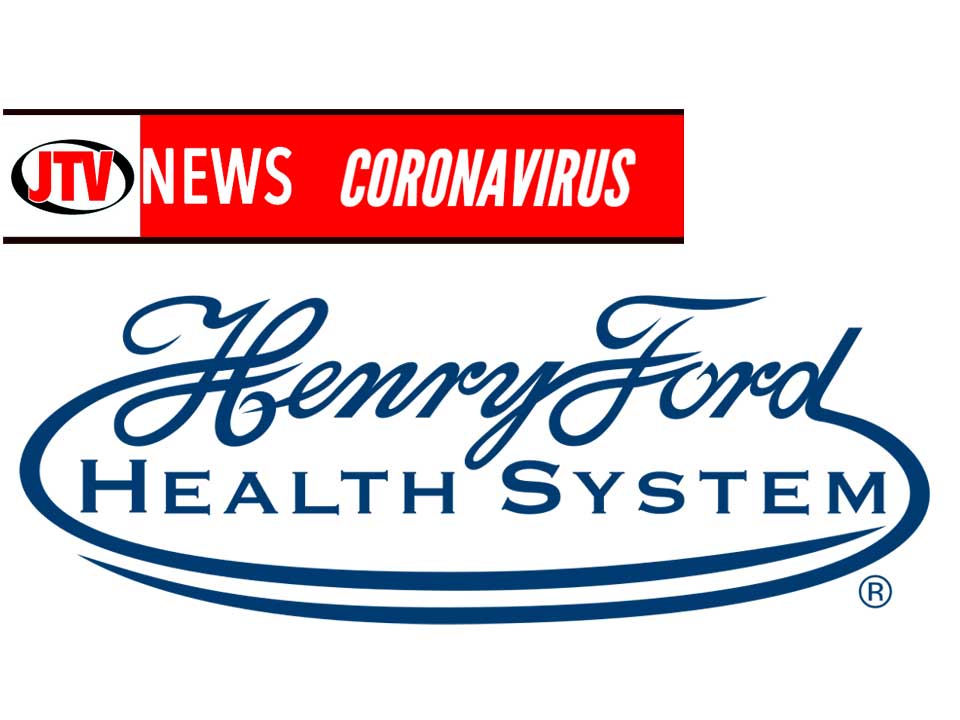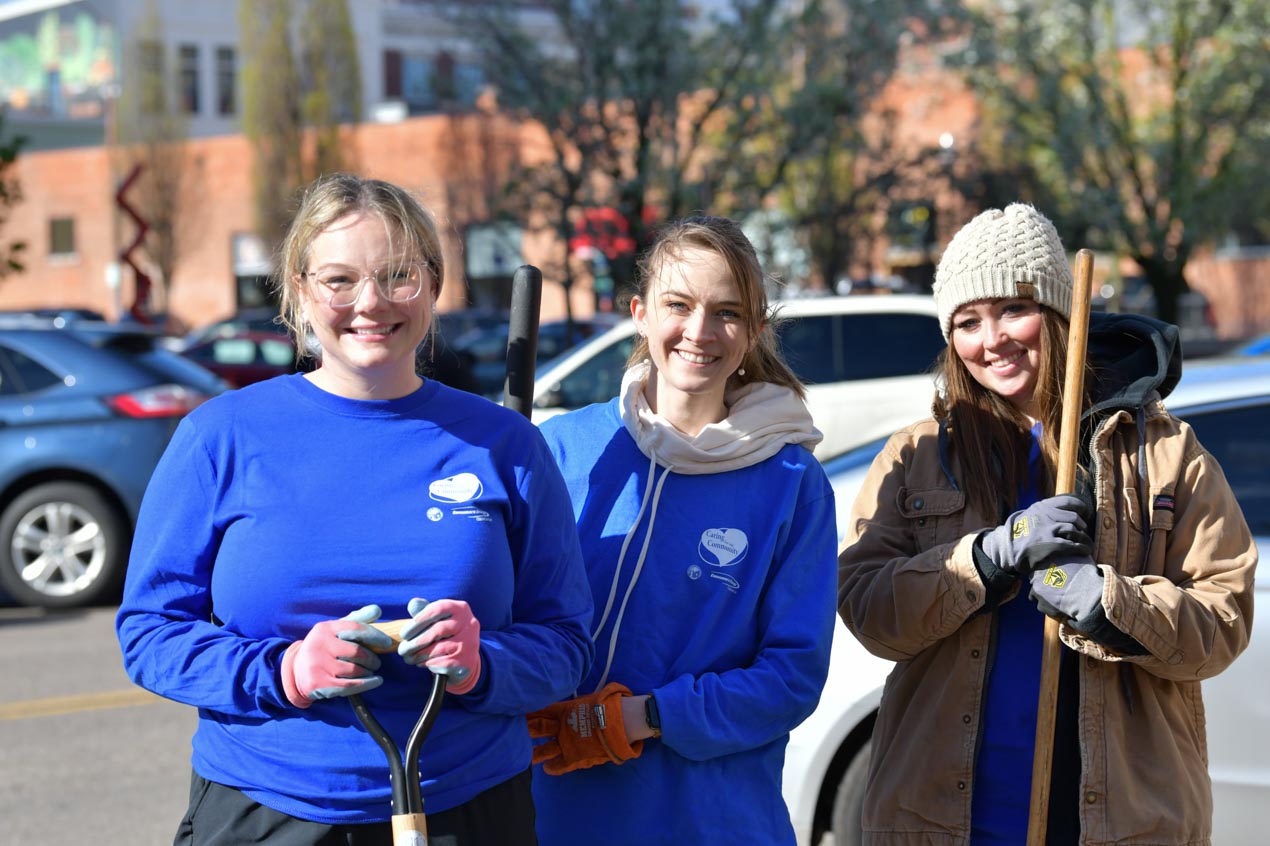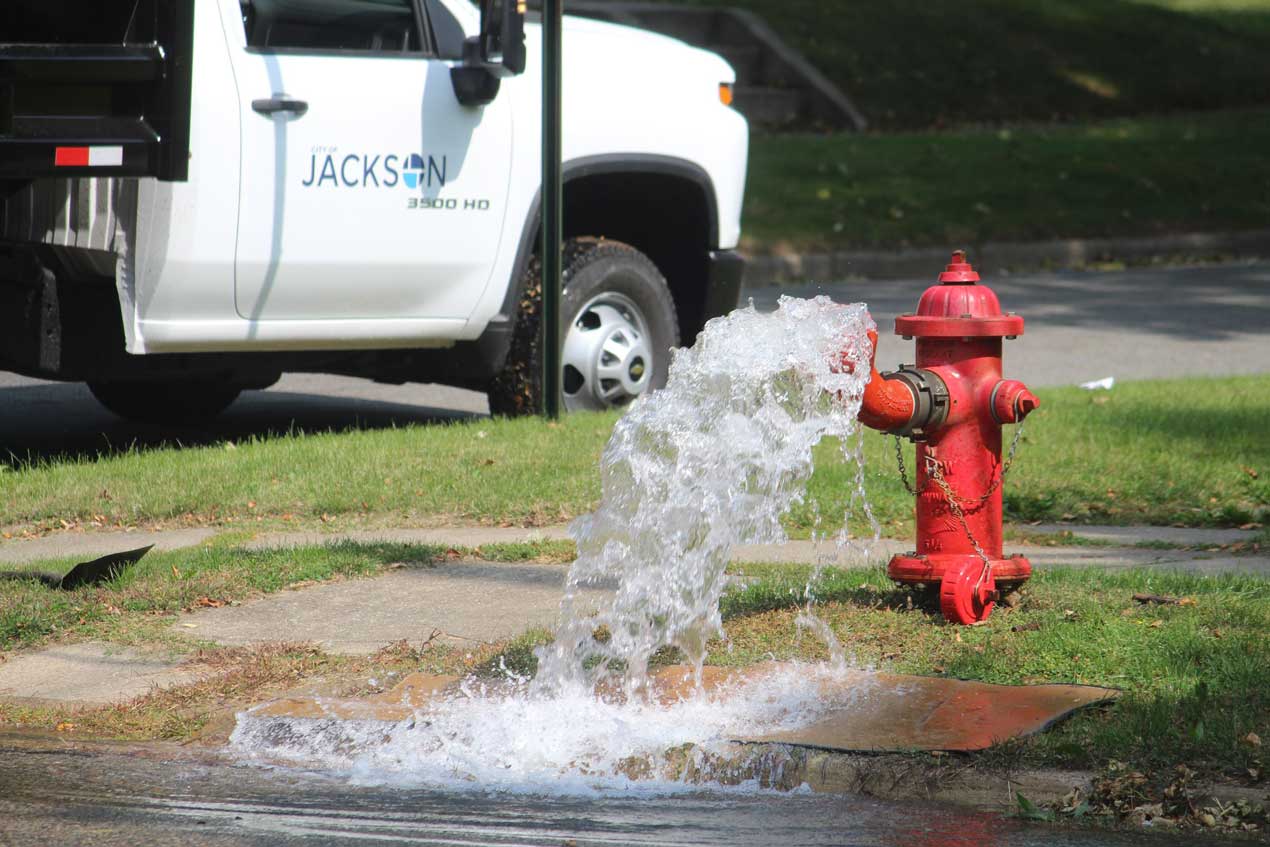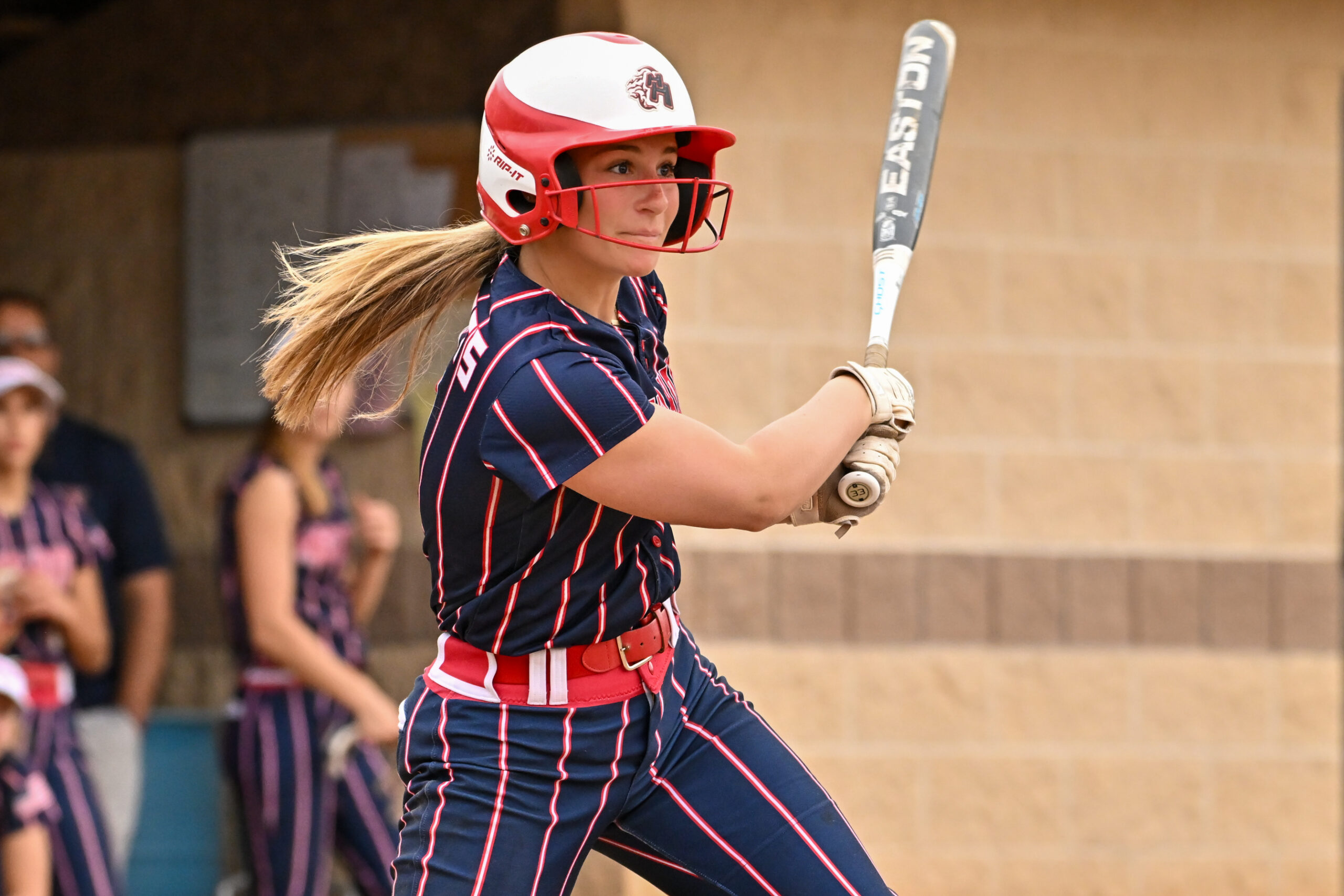
(April 10, 2020 5:24 PM) Experts are learning more about COVID-19 every day, and because of this, the Center for Disease Control and Prevention (CDC) guidelines on how to prevent transmission of the virus are also changing. They recently modified its recommendation on face masks: Because infected people without symptoms could unknowingly spread the virus to others, everyone should wear a cloth covering their noses and mouths in public.
The stance on N95 surgical masks hasn’t changed. These masks should be saved for healthcare workers—the people who are in closest contact with highly contagious patients.
“N95 masks are fitted to the face and contain filters that prevent the inhalation of certain-sized droplets,” says Jennifer Burgess, D.O., a family medicine doctor with Henry Ford Health System. “If the mask is too large or small, it won’t form a perfect seal, and the virus will be able to reach you. So people who are just picking them up and not using them correctly could have a false sense of security.”
Instead, those of us who aren’t caring for COVID-19 patients should wear homemade cloth masks in public. These types of masks won’t necessarily prevent healthy people from getting sick, but they could prevent those who are sick from infecting others. If you cough or sneeze, for example, a cloth mask will stop the droplets from circulating in the air.
“One reason why COVID-19 might be so contagious is because you can remain asymptomatic while infected with the virus, and all the while spreading it to others,” says Dr. Burgess. “If everyone wears a cloth mask, the thought is that whether or not you’re knowingly infected, transmission will be decreased.”
The CDC has provided instructions on how to make a homemade mask using just a T-shirt or a bandana—no sewing required. In a pinch, Dr. Burgess says a scarf could also work. Whatever you do, she says there are a few guidelines to abide by in order for cloth masks to be effective:
- Wash your hands before you put on your mask.
- Make sure it fully covers your nose and mouth. The fabric should almost touch the bridge of your nose and extend underneath your chin.
- Refrain from touching or adjusting your mask while wearing it. (“That’s one reason why it was previously advised not to wear a mask, because touching it could lead to contamination,” says Dr. Burgess.)
- Wash your hands after taking it off.
- Wash the mask after each use by throwing it in the washing machine with laundry detergent.
- Do not use paper or plastic bags, scouring pads or sponges as masks. “These things won’t give you the protection you need, and in the case of plastic bags, they could lead to suffocation and death,” says Dr. Burgess.
If you’re going outside for fresh air—a walk, run or a bike ride—you don’t necessarily need to wear a mask.
“The air is dispersed enough that you should be safe,” says Dr. Burgess. “And when you’re in wide open outdoor spaces, you’re more easily able to abide by the six-foot rule than when you’re in a grocery-store aisle.” If you’re nervous, however, it certainly won’t hurt to wear one.
Whatever you do, don’t allow a cloth mask to give you a false sense of security. Continue to respect the social distancing and sheltering-in-place guidelines. “A mask doesn’t prevent you from catching the virus,” says Dr. Burgess, “but offers another layer of protection.”
Heeding all of the CDC’s guidelines simultaneously—maintaining six feet of distance between yourself and others, washing your hands, wearing masks and gloves, staying at home—will greatly prevent the likelihood of contracting the illness.
If you’re experiencing symptoms and are concerned about possibly having COVID-19, use this online screening tool to help you learn more about your risk and get recommended next steps.
For up-to-date information about Henry Ford Health System’s response to the coronavirus, visit henryford.com/coronavirus.
Dr. Jennifer Burgess is a family medicine doctor seeing patients at Henry Ford Medical Center in Commerce Township and West Bloomfield.














